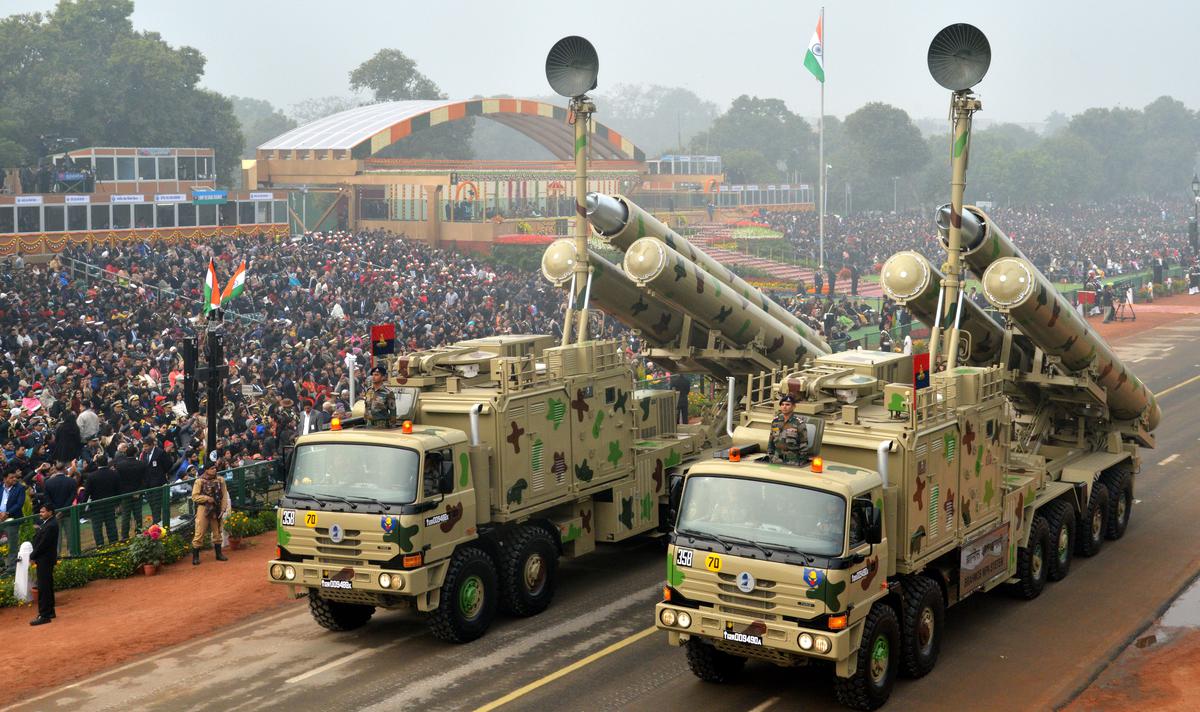The Defence Corridor Project in Uttar Pradesh will be “centred” on the BrahMos unit in Lucknow, and construction on the mega unit will start in October.
The next-generation BrahMos (BrahMos-NG) would be produced by India at this facility, and BrahMos Aerospace, a joint venture between the Russian company NPO Mashinostroeyenia and the Indian Defense Research and Development Organization (DRDO), has committed to investing Rs 3,000 crore in the project. Phase one of the investment would cost Rs 1,500 crore, and around 100 BrahMos missiles will be produced here over the course of the following three years.
According to Awasthi, UP has received a guarantee that all DRDO project permissions will be received by September, and construction on the unit will start in October. The joint venture has taken control of the 80 hectares of land that we allocated at a low cost, and 50% of the border work is also finished. Now, their plans are more expansive than they were at first, according to Awasthi.
DEFENCE CORRIDOR SHAPING UP, AGRA MADE NO PROGRESS
The Uttar Pradesh government reports that a total of 93 industrial and institutional MoUs have been signed with various private investors and organisations, with an estimated investment value of over 11,256 crore. The Defence Industrial Corridor is expected to be established in six nodes throughout the state in as many districts. The Aligarh node has signed the most MoUs (35) followed by the nodes in Lucknow (15), Kanpur (12), and Jhansi (9).
Bharat Dynamics Limited (BDL) is establishing an anchor plant in Jhansi on 183 hectares of land for the production of propulsion systems, with investments totaling Rs 400 crore in phase 1.
The UP government has acquired about 1,600 hectares of land parcels for the Defence Corridor, but no property has been located or acquired in the Agra node. “Aligarh node is sold out, while Lucknow node is experiencing rapid activity. We anticipate significant investment in the Kanpur node, and we have BDL and other parties coming to Jhansi, according to Awasthi.
The Taj Trapezium Zone (TTZ) limitations, which outlaw all industrial activity in a substantial portion of the Agra region, have prevented any advancement at the Agra node.
PUSHING OUTSIDE OEMS
According to sources in the field of defence, the central government is implementing a number of policy initiatives to attract as many international Original Equipment Manufacturers (OEMs) as possible to establish joint ventures with Indian manufacturers in the defence industrial corridors.
According to an official, this would be in keeping with the government’s self-reliance initiatives to ensure that larger foreign OEMs as well as domestic partners enter this industrial corridor to establish their businesses.
The government has not yet given its final approval to the proposed defence production and export promotion policy from the Defense Ministry.
